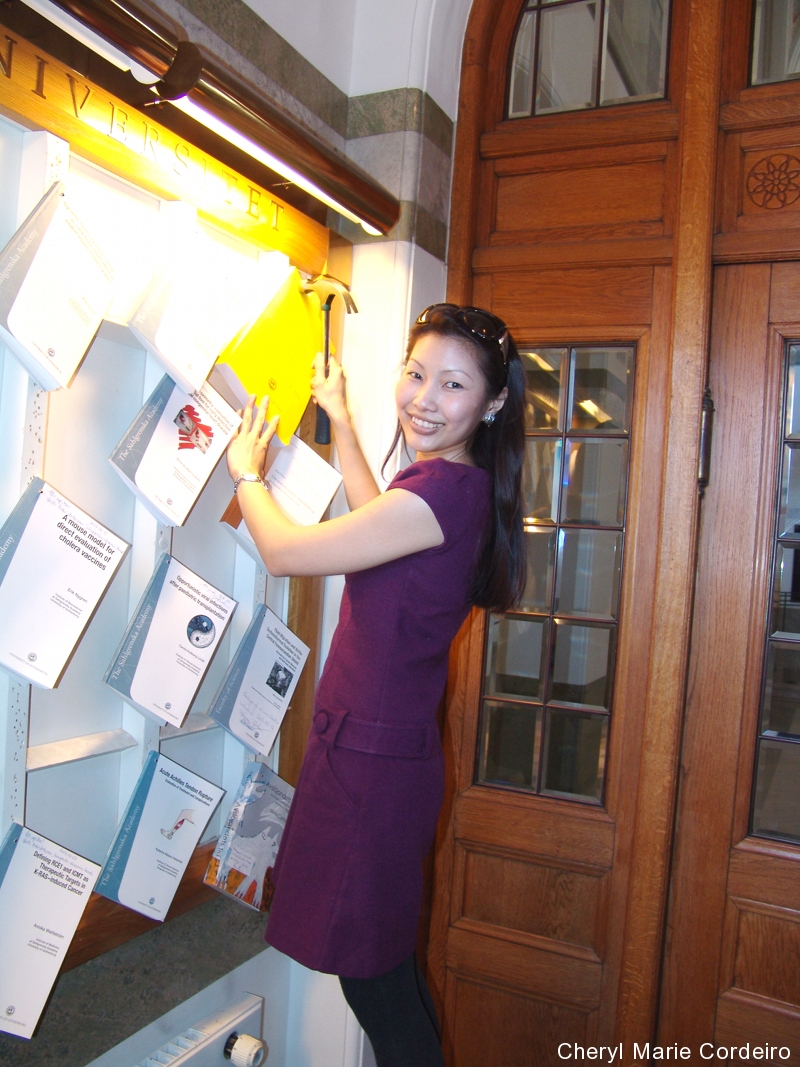Nailing the thesis at main administration building located in Vasaparken, at the University of Gothenburg, Sweden
Text & Photo © JE Nilsson, CM Cordeiro-Nilsson, Sweden 2009
When I was told that I was supposed to “nail” my thesis to the University wall, it initially didn’t occur to me that I was supposed to do so literally and in person, with a hammer.
But so it went.
A University tradition since Medieval times
In the West, universities developed as centres for research and higher learning as we know them today around the 11th to 13th century when it became obvious that the old cathedral schools were no longer adequate.
A fully developed medieval university had four faculties of which the theological was the most important. Then came law and medicine, while philosophy was a preparation in the ’seven liberal arts’ such as math and rhetoric etc. that you needed to clear before entering the higher levels.
In 1517 Martin Luther nailed his ’95 Theses’
Looking back at the traditions of the European universities, there is surprisingly little written on academic traditions. As for ”nailings”, what comes to mind if something is the famous occasion when in 1517, Martin Luther nailed his 95 theses to the door of the All Saints’ Castle Church in Wittenberg.
In most stories about this event, it has appeared as if the nailing in itself was a unique act of rebellion, to draw attention to his protests, but personally, I think what he did was to follow an academic tradition of publicly announcing his “theses”, which in Greek means “position”, and more or less invited others to discuss this at the Wittenberg University where he was a Professor in Theology.
That the nailing of the theses by Martin Luther was in academic spirit and inclination appears all the more likely since in 1502, the All Saints’ church served as an annexe and a chapel to the University of Wittenberg. The church was the place where university students were awarded their doctorates and it would have been a place where the general public would weekly (or even daily) frequent in those times.
Martin Luther’s document, which was eventually printed with the newly invented Gutenberg movable print presses and widely ciculated, begins with
Reverend Father Martin Luther, Master of Arts and Sacred Theology, and ordinary lecturer therein at Wittenberg, intends to defend the following statements and to dispute on them in that place.
Now events took a different turn, and he eventually started off the entire Protestant Church Reformation movement.
The 9th of May is when I am supposed to defend my “position” at a public defence at the University of Gothenburg. Luckily it is about something much less volatile, such as Swedish management in Singapore.
Academic traditions vary across the world. At the University of Gothenburg the Nailing of the Thesis is followed by a sip of Champagne on the stairs of the main administration building. To the right of the picture is the Dean of the Faculty of the Humanities, Professor Sally Boyd, who was also my supervisor.

The spikning event begins by collecting the PhD thesis prints from the printer. Here, I stand in the student print shop at the Faculty of Humanities, University of Gothenburg. The printed thesis, about 150 copies, are loaded unto a trolley, to be delivered next to the library and the library of the Linguistics department.
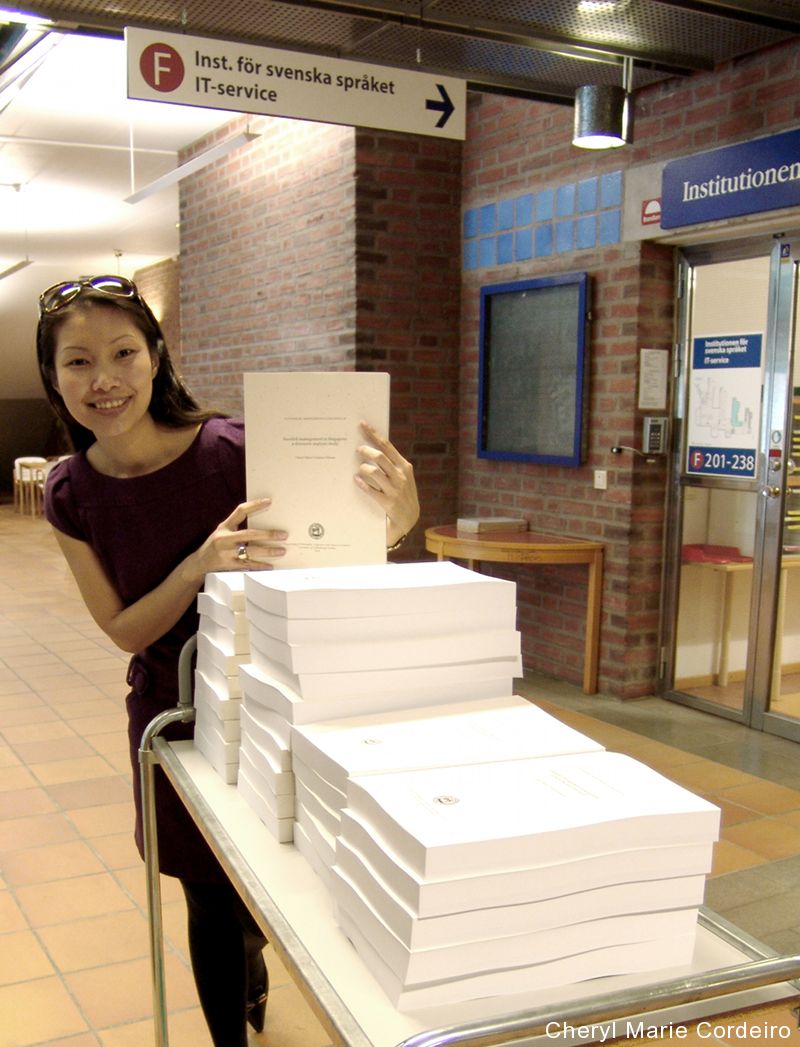
With the trolley filled wtih my PhD thesis in print, on my way to the various libraries.
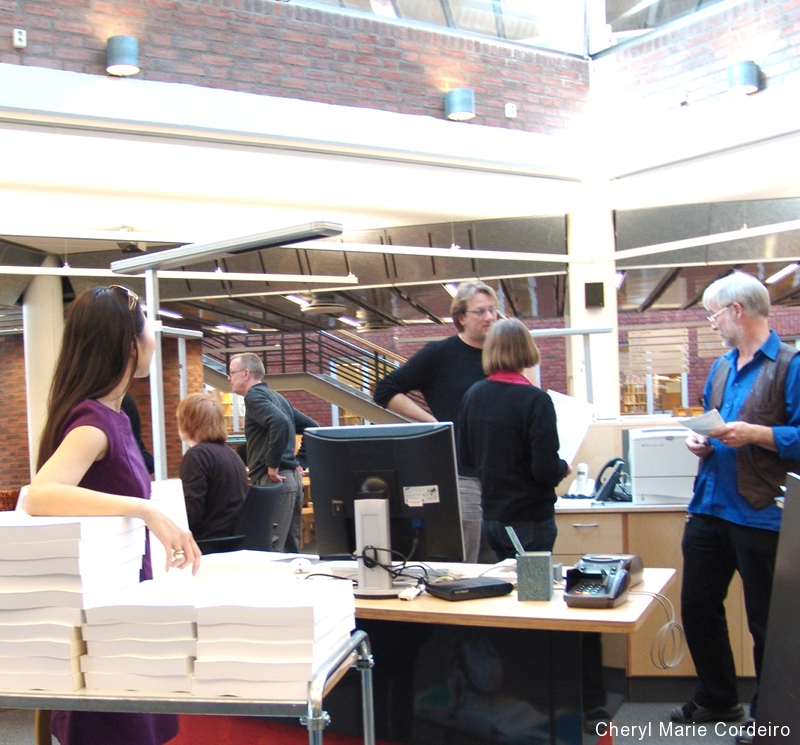
At the library of the Faculty of Humanities, University of Gothenburg, Sweden.
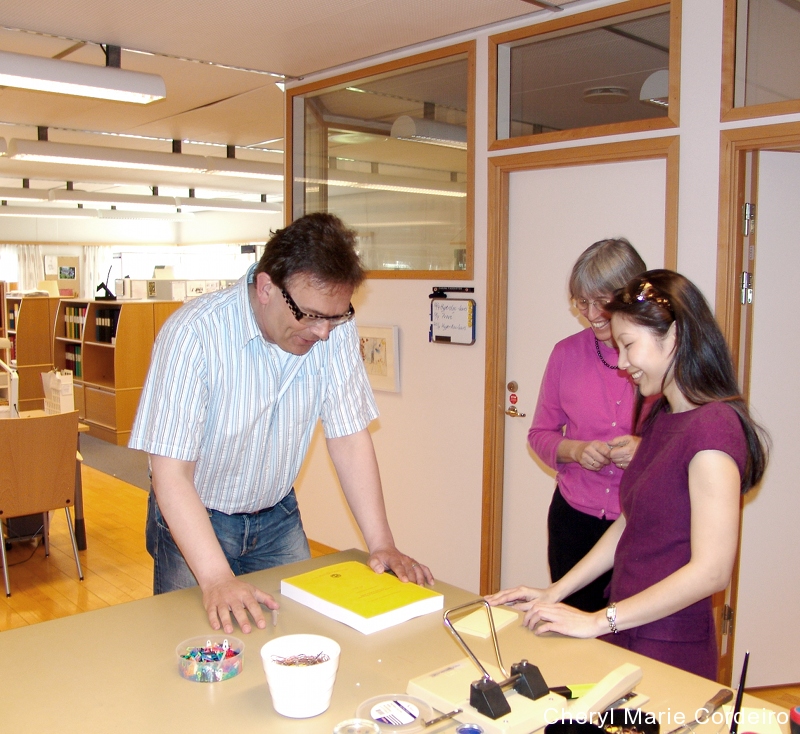
Getting a copy signed and acknowledged by the Faculty of Humanities administration.
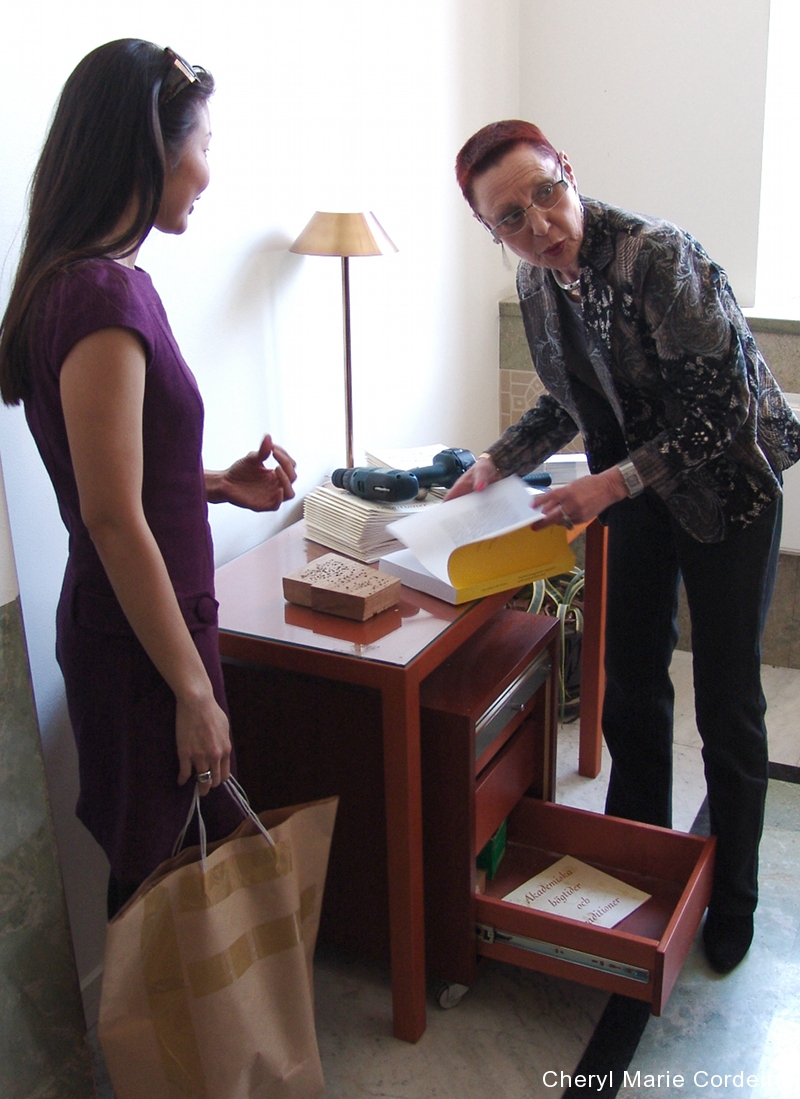
It was then off to the main administration building of the University of Gothenburg, located at Vasaparken. Vasaparken is about a ten minutes walk from the Faculty of Humanities. Here, I get help from the University administration executives with preparing my thesis for nailing to the wall.
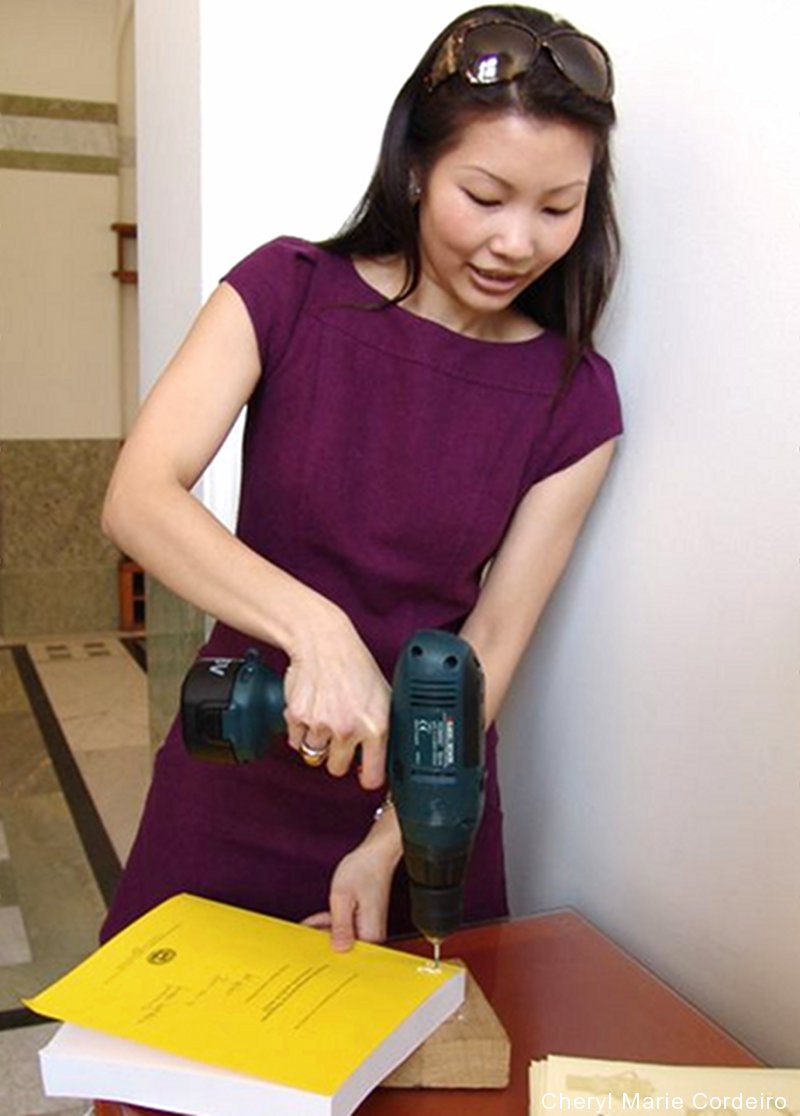
A plank of wood, a drill and a nail. The task here was to drill a hole through the thesis, with no damage to the wooden table underneath.
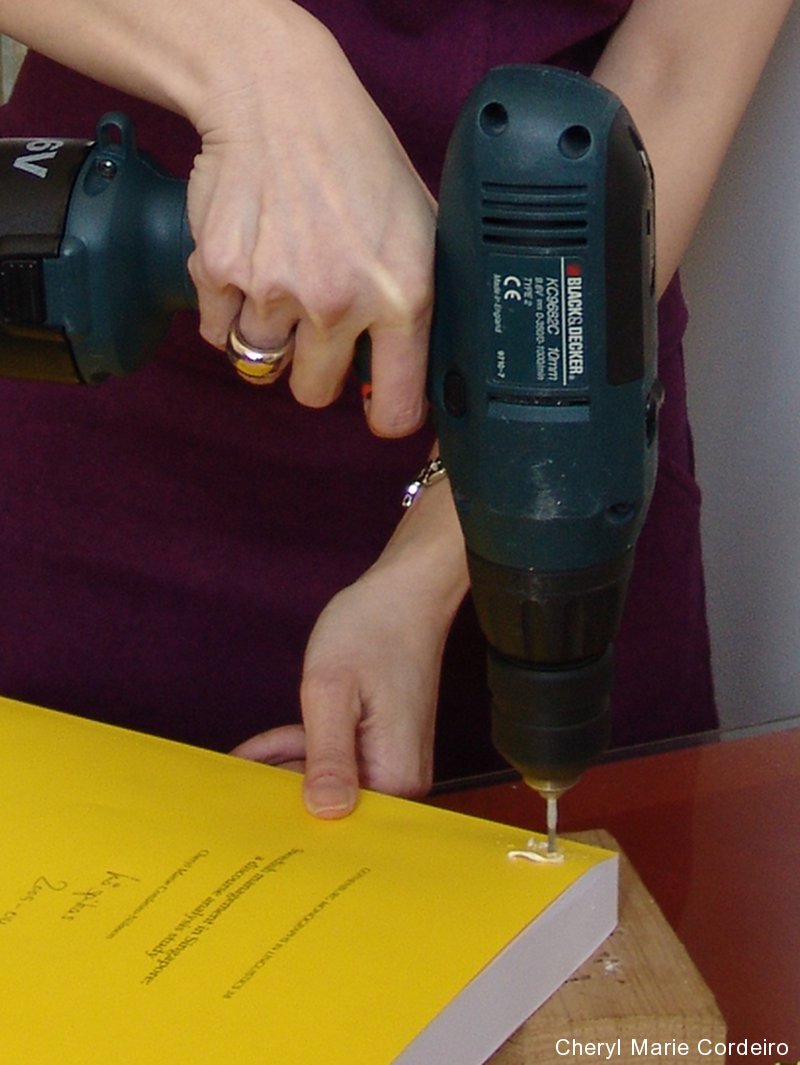

I stand on a given stool to nail my thesis to the wall.
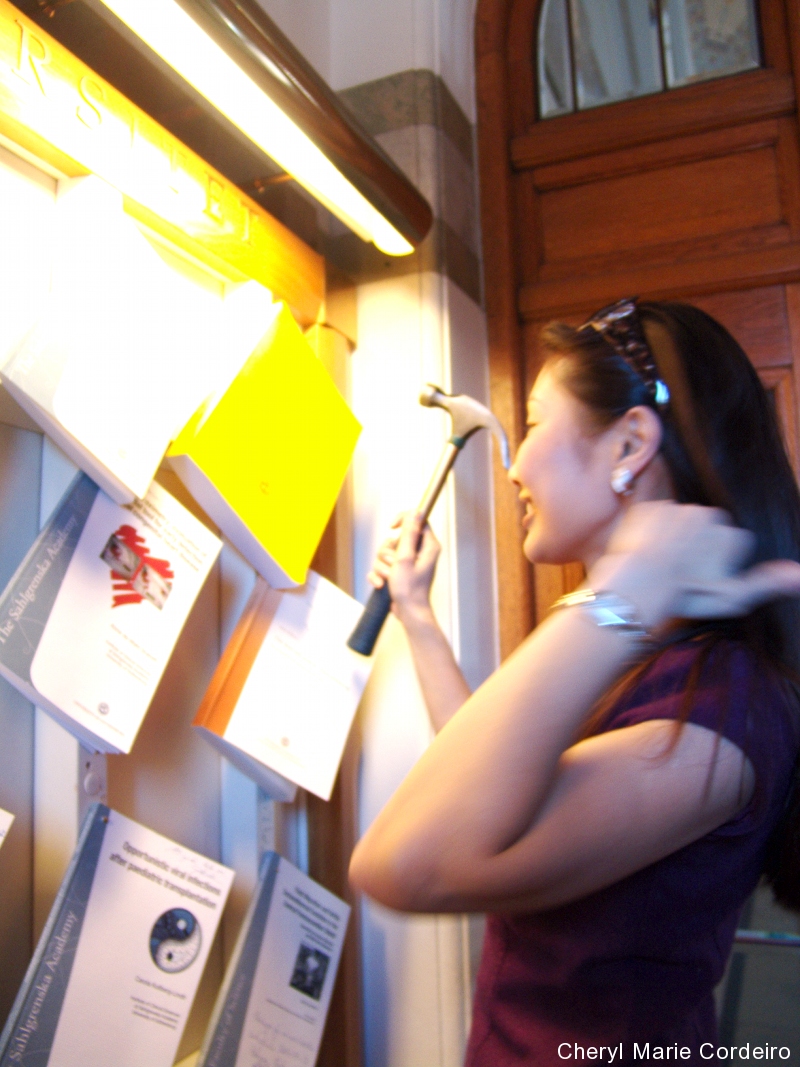
I think it’s difficult to miss the only bright yellow for thesis cover on that wall.
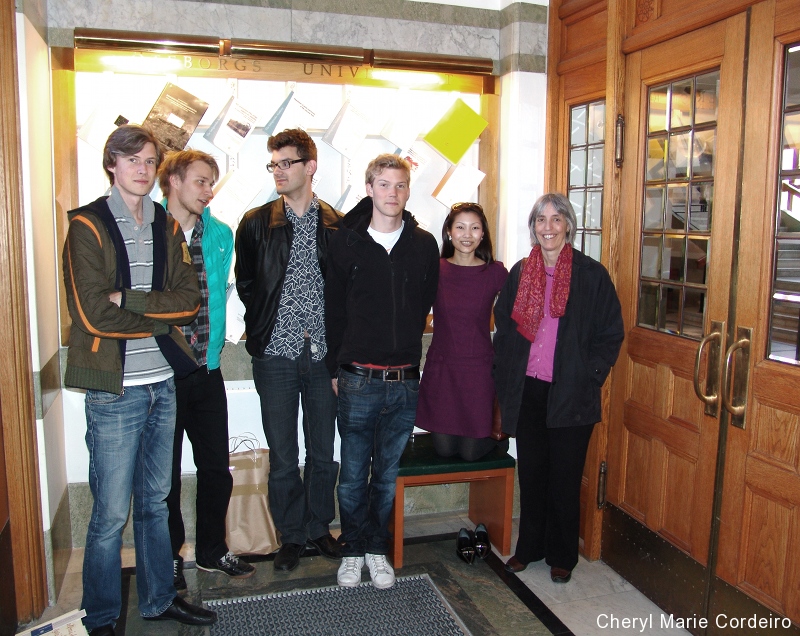
A group photo opportunity before moving outdoors. I am grateful for the company to the event.
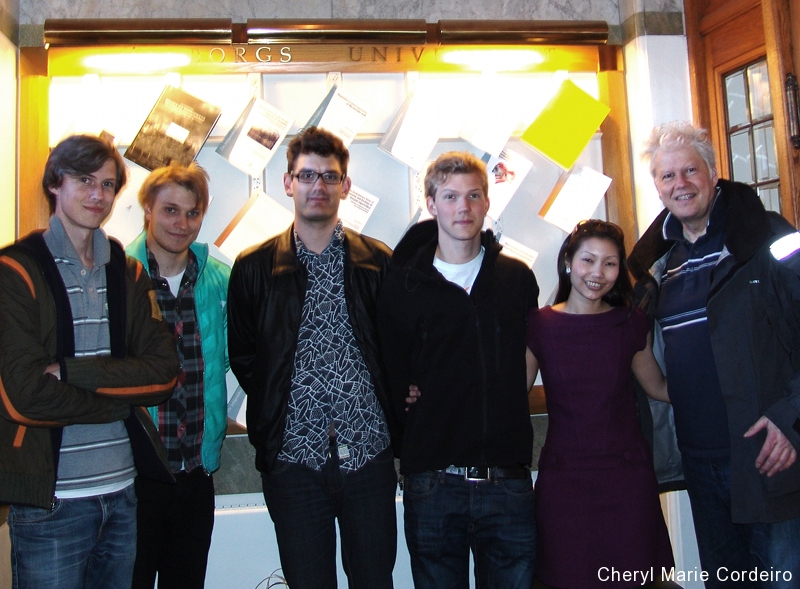
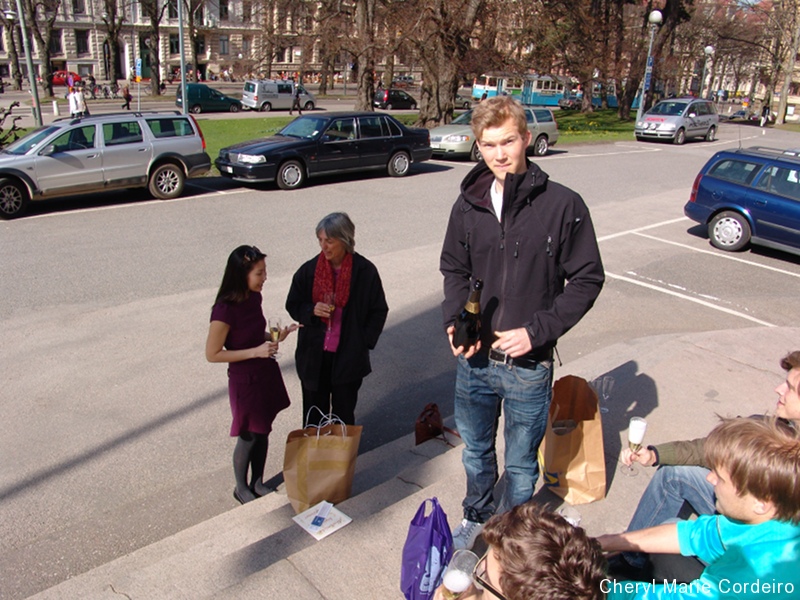
We move outdoors after the thesis is nailed to the wall. We brought Champagne and some Champagne glasses to go around.
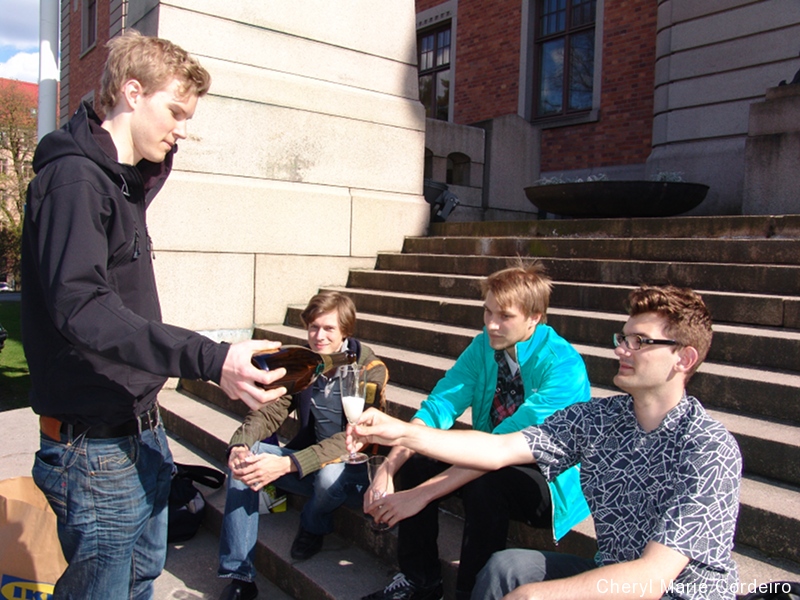
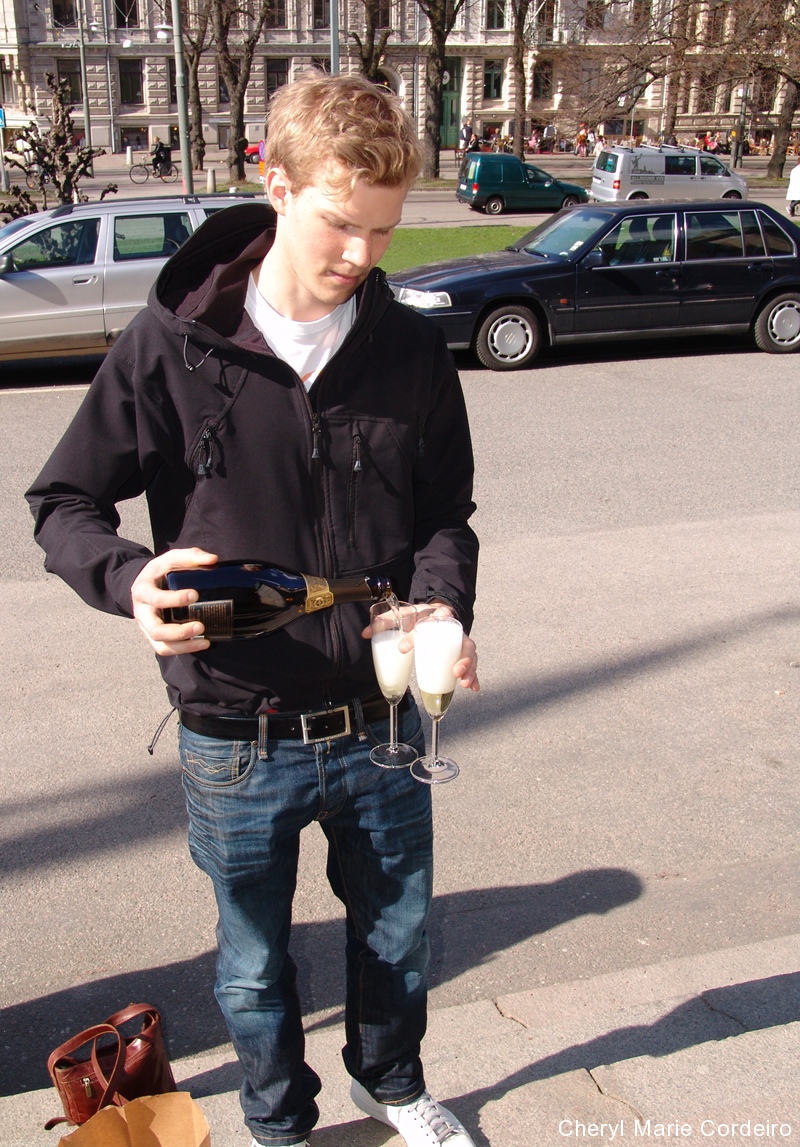


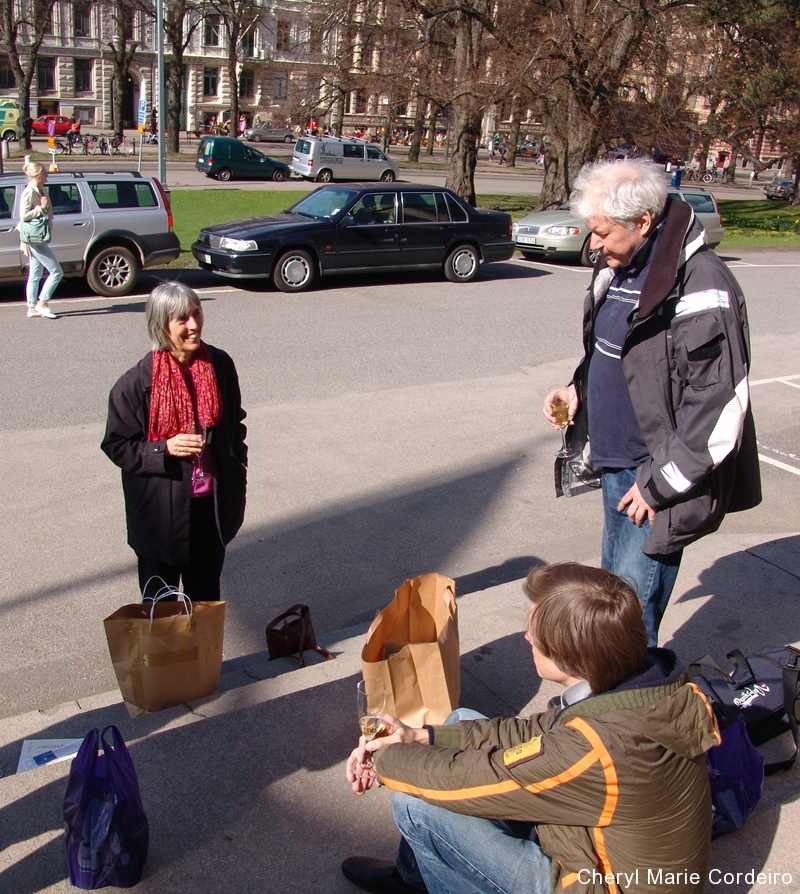
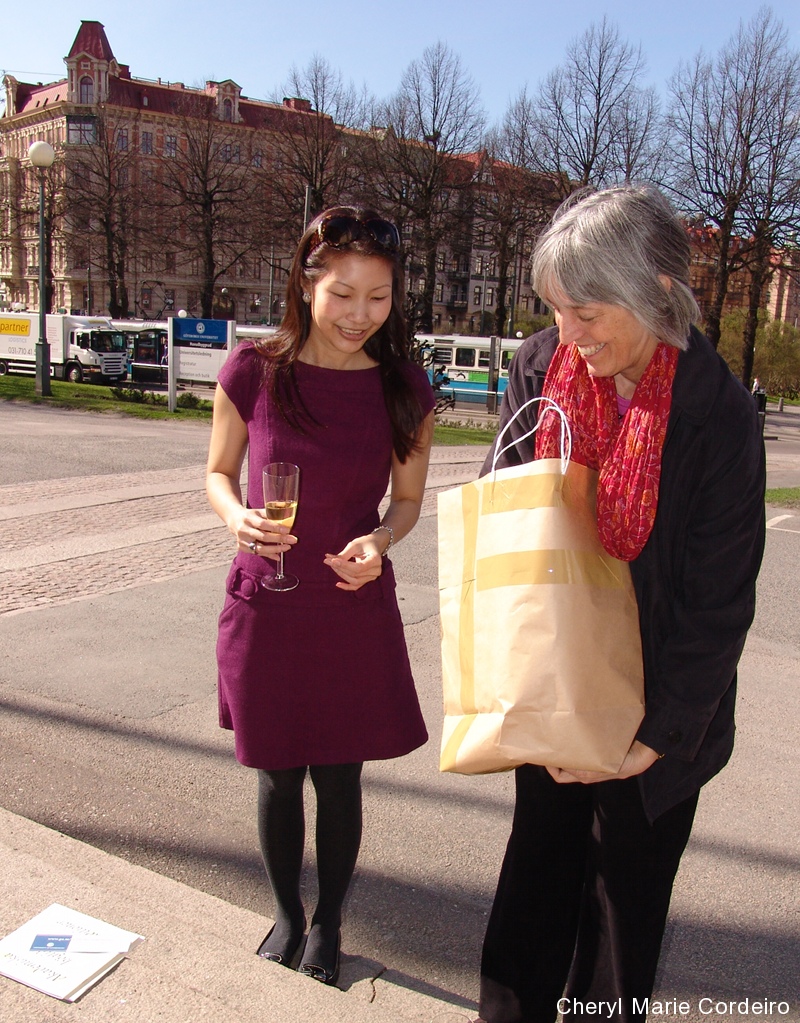
My thesis supervisor, Sally Boyd, gives me a gift.
Sally is Professor in Sociolinguistics and Dean of the Humanities at the University of Gothenburg, Sweden.
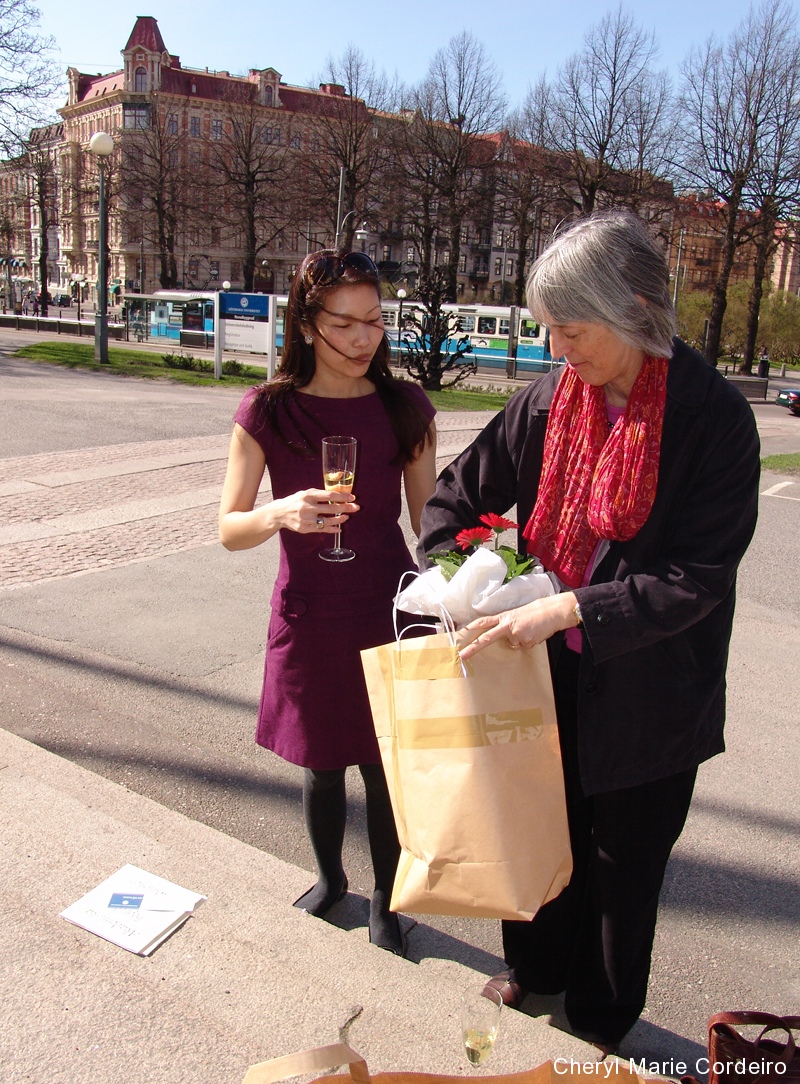
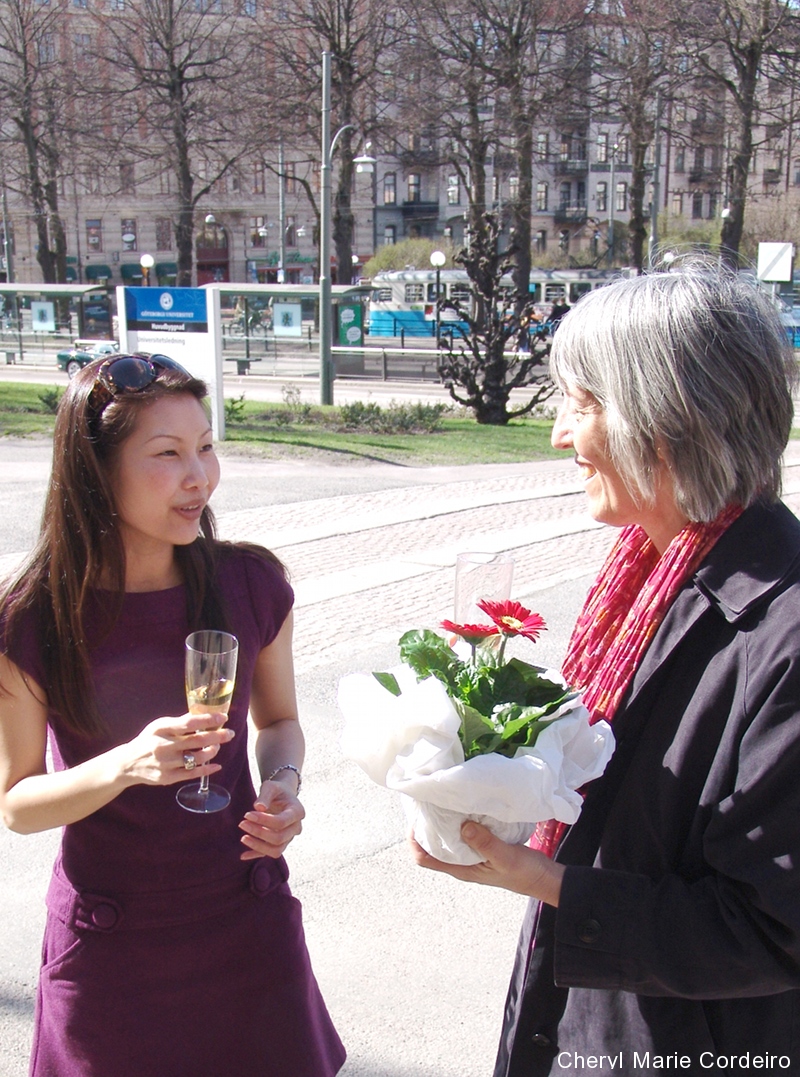
A potted red gerbera daisy plant. It’s beautiful and I love it!
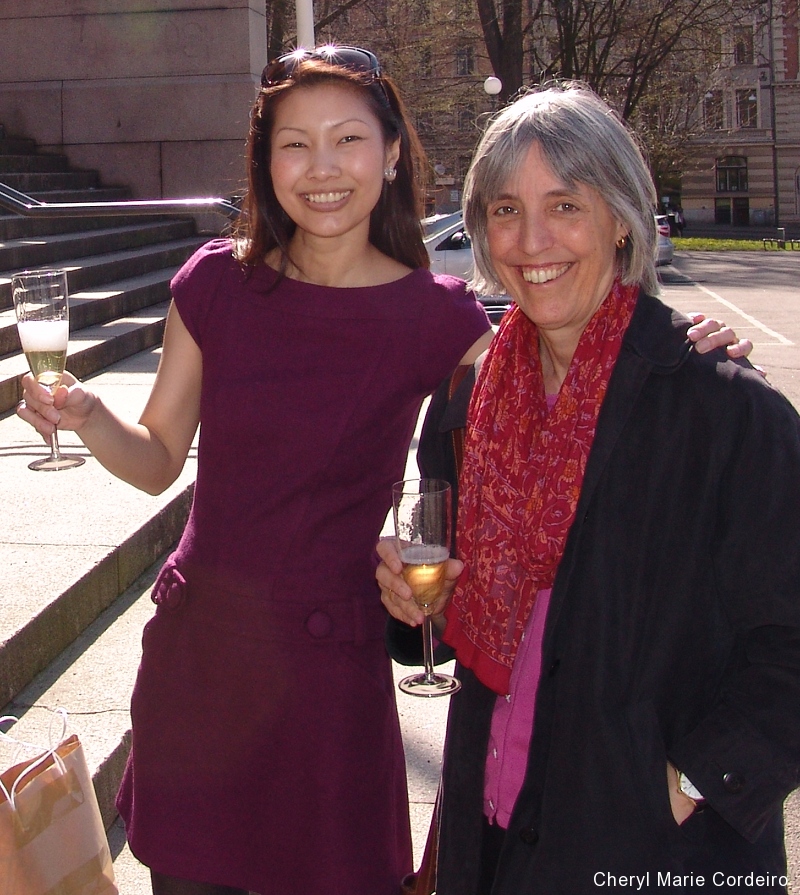
I’m grateful to Sally for her constant guidance and support in my PhD thesis writing.
